Alzheimer's Disease
Eye tracking helps to make cognitive assessment and prediction of disease progression
The purpose of eye movements is to optimize vision by bringing images to the fovea, using saccades and vergence, then stabilizing images on the retina/fovea even when the target is displaced, using fixation, smooth pursuit and VOR. The cerebellum is key in the control of all these eye movements in order to provide best calibration, to reduce eye instability and to maintain ocular alignment1.
Oculomotor control is ensured by three main cerebellar areas: the flocculus/paraflocculus, the nodulus-ventral uvula (lobules IX and X of the cerebellar vermis), and the dorsal oculomotor vermis (lobules V–VII), which underlies the fastigial oculomotor region.1,2
Several ocular motor signs of cerebellar dysfunction include: saccadic dysmetria, saccadic initiation delay (ocular motor apraxia), slow smooth ocular pursuit velocity especially at initiation, impaired response of the VOR, impaired VOR cancellation, abnormal optokinetic response, gaze-evoked nystagmus, rebound nystagmus, downbeat nystagmus, upbeat nystagmus, periodic alternating nystagmus, ocular flutter, opsoclonus, saccadic intrusions (square-wave jerks, macrosaccadic oscillations, ocular bobbing), ocular misalignment (esotropia, skew deviation), abnormalities in the control of torsion, and impaired adaptation of eye movements.2
In a consensus paper concerning the symptoms and signs of cerebellar syndrome, the panel agreed and concluded that the cerebellum controls calibration, reduction of eye instability, and maintenance of ocular alignment and that the following deficits occur in cerebellar lesions: ocular instability, nystagmus, saccadic intrusions, impaired smooth pursuit, impaired VOR, and ocular misalignment.1
Therefore, in all patients with suspected cerebellar disease, a neuro-ophthalmologic examination is essential to identify cerebellar ocular motor abnormalities that will aid in selecting the appropriate laboratory ocular motor tests.
Oculomotor function can be affected by many different pathologies. Neurological diseases that may affect vision, pupils, and oculo-motor function - see here articles about other neurological diseases.
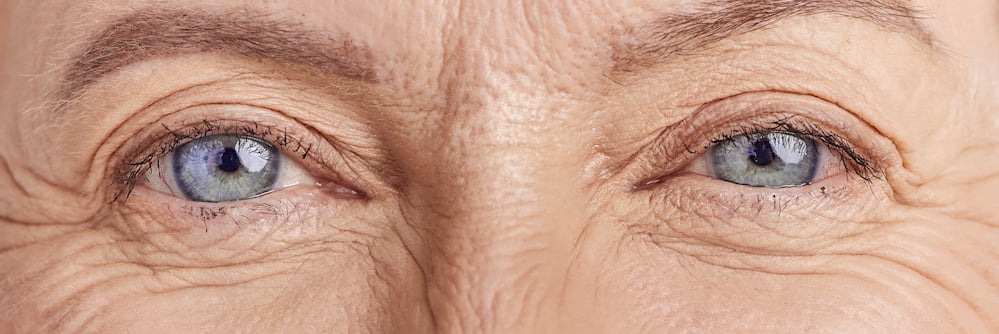
Eye tracking helps to make cognitive assessment and prediction of disease progression
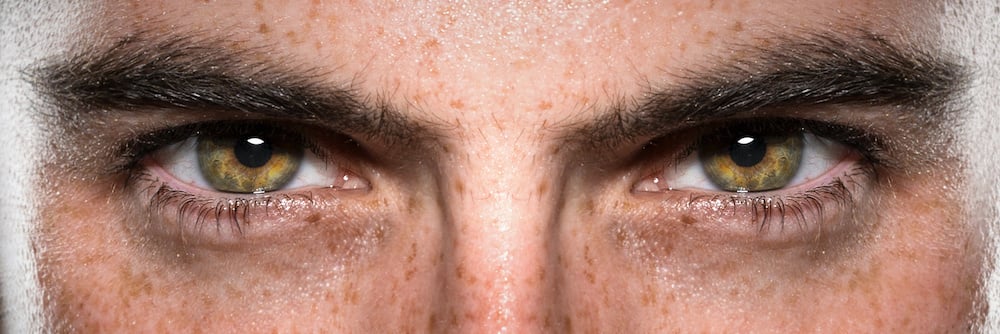
More than 50 % of children with tumor in the brain stem show neuro-ophthalmological signs
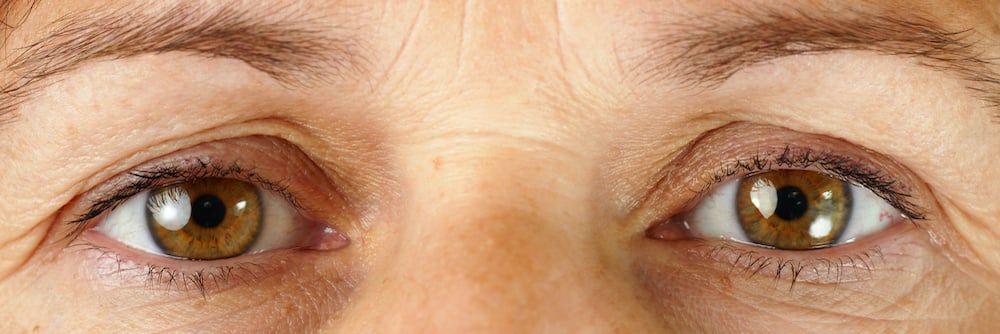
Eye movement disturbances are present in upt o 75% of MS patients.
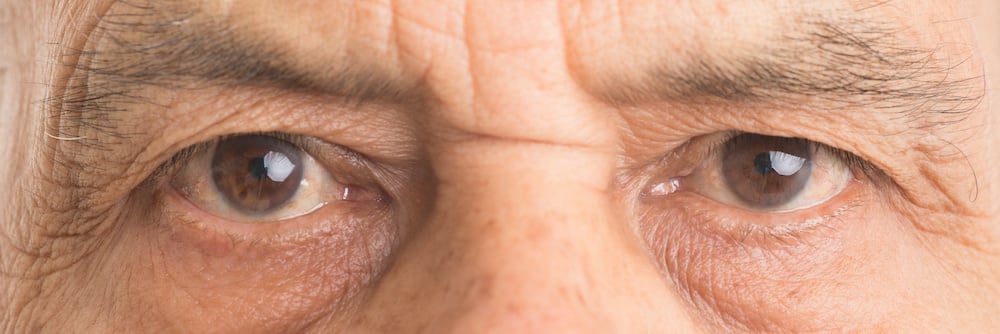
Oculomotor examinations help differentiate parkinsonian syndroms.
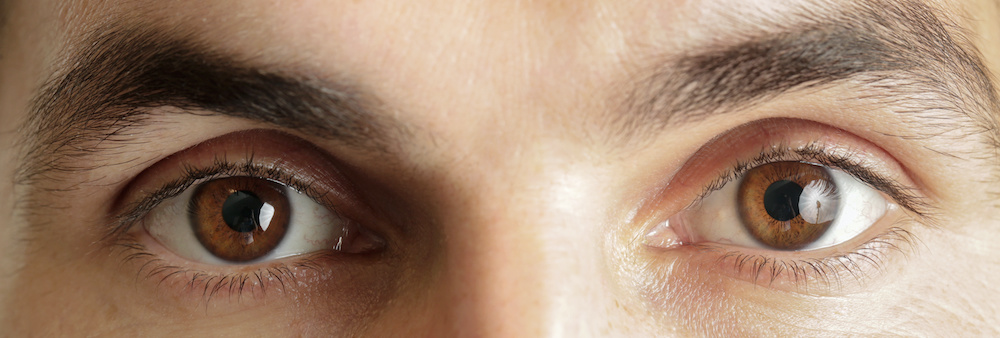
Ophthalmologic signs and symptoms may be a warning sign of a stroke.
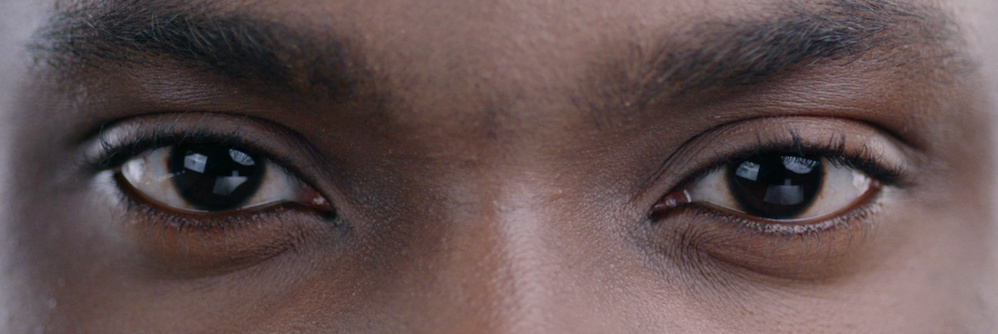
Eye Tracking as potential useful diagnostic tool.